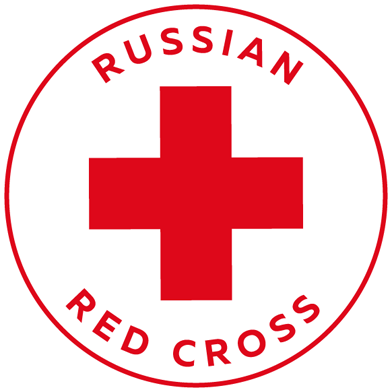History
Up until the middle of the 19th century, there were no organized and well-established army nursing systems to treat soldiers who were wounded on the battlefield. In June 1859, Swiss businessman Jean Henry Dunant traveled to Italy to meet French Emperor Napoleon III to discuss difficulties in conducting business in Algeria, at that time occupied by France. On the evening of June 24, on the outskirts of the village of Solferino, Dunant witnessed the battle between the combined armies of France and the Kingdom of Sardinia against the Austrian army. During that bloody battle, about 40,000 soldiers on each side were killed and left wounded on the battlefield. Henry Dunant was shocked by the terrible aftermath of the battle and the lack of basic medical care for the wounded. He completely abandoned original intent of his trip and spent several days caring for the wounded along with the locals.

Back in his home in Geneva, Dunant wrote a book, "A Memory of Solferino," which he published in 1862. A reprint of one of the first editions of the book in Russian is available at this link. He sent copies of the book to leading political and military figures throughout Europe.
Henry Dunant advocated the formation of national voluntary relief organizations to help nurse wounded soldiers during wartime. He also called for the development of international treaties to guarantee protection and neutrality for medics and field hospitals. On February 9, 1863, in Geneva, Henry Dunant founded the "Committee of the Five," together with four other figures from influential Geneva families: Gustave Moynier, a lawyer and chairman of the Geneva Society for Public Welfare; Louis Appia, a doctor, who had significant experience working as a field surgeon; Appia's friend and colleague Theodore Maunoir, from the Geneva Hygiene and Health Commission; and Guillaume-Henri Dufour, a Swiss Army General of great renown. This committee was later transformed into the International Committee of the Red Cross.
 (1).png)
In August 1864, the International Committee of the Red Cross persuaded 16 governments to adopt the First Geneva Convention. This treaty obliged armies to care for wounded soldiers, regardless of which side they belonged to, and introduced a single protective emblem for the medical service: a red cross on a white background. In the following years, National Societies of the Movement were formed in almost all European countries. Fifty years after the founding of the Red Cross, there were already 45 National Societies to provide aid to the wounded in the world. The Movement went beyond the borders of Europe and gained universal recognition.



